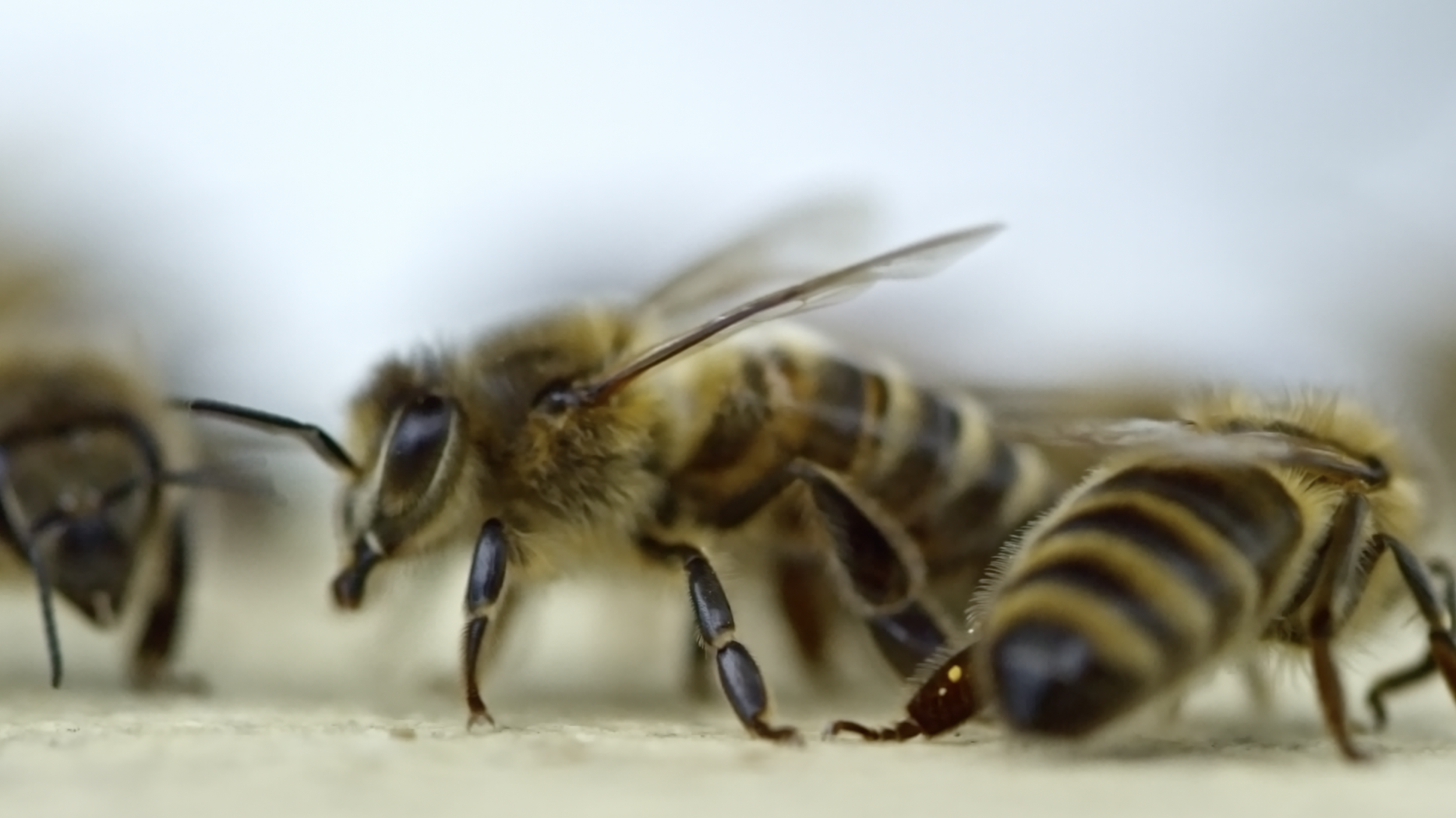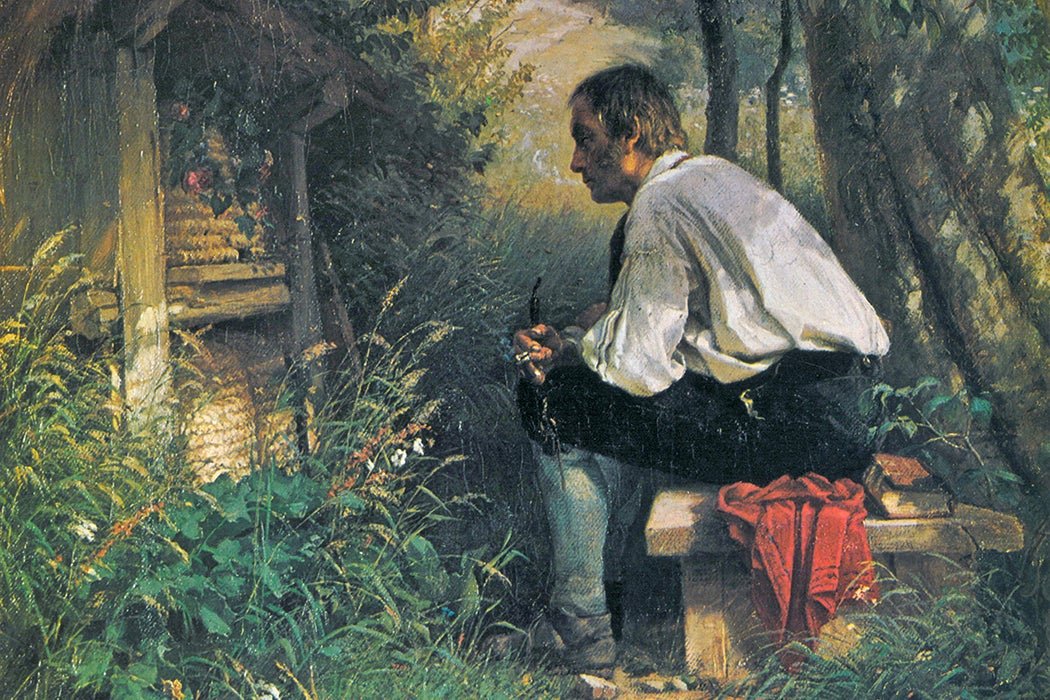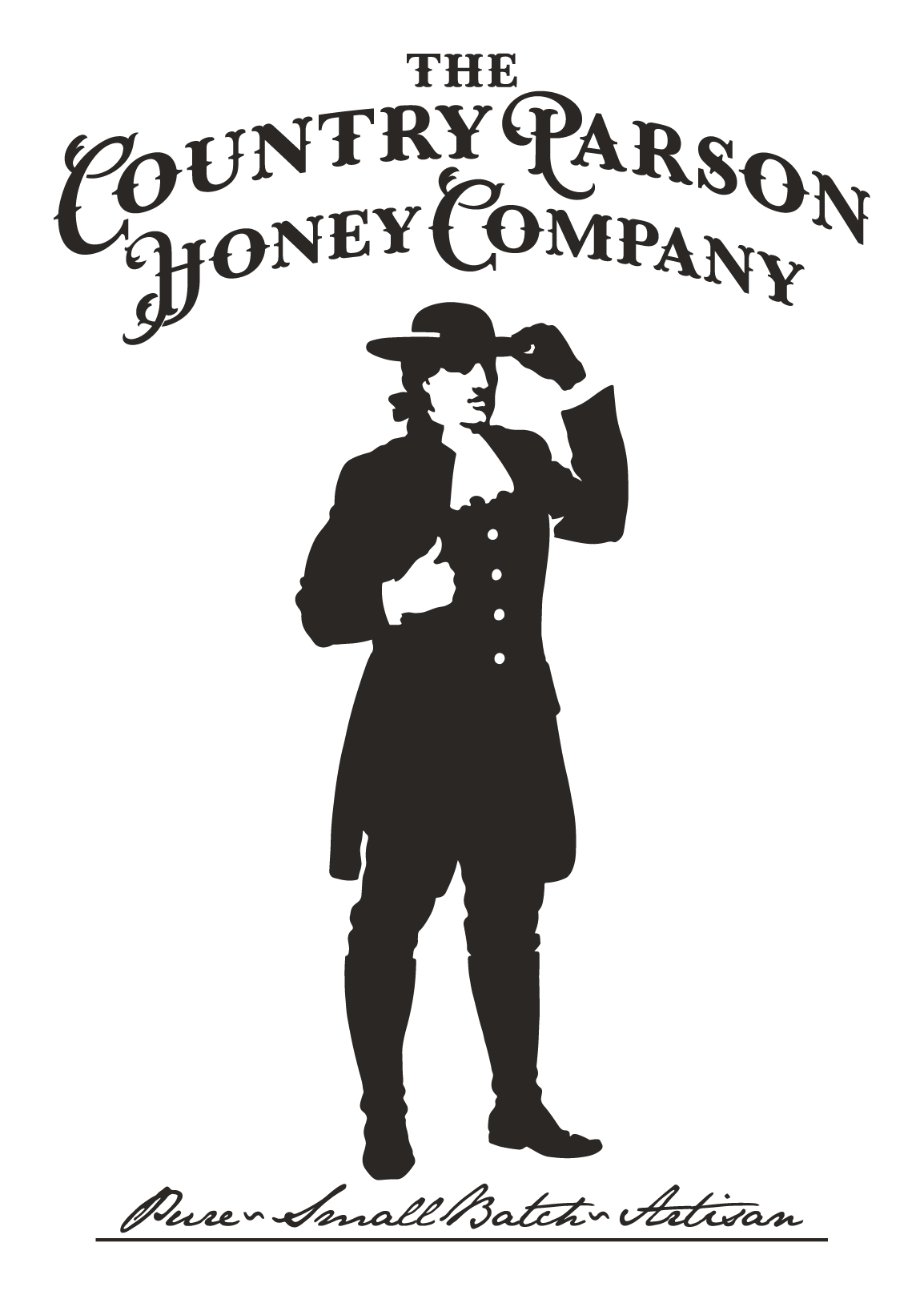
The Powers That Bee!
L.L. Langstroth
(1810-1895)
Lorenzo Lorraine Langstroth was born in Philadelphia in 1810. As a boy he showed a keen interest in insects. He graduated in theology from Yale Divinity School in 1831 and was pastor of numerous Congregational churches in Massachusetts. He became interested in beekeeping in 1838 after visiting a friend who kept bees.
After much study and experimentation, Langstroth came to understand that with proper precautions, the combs in a hive might be removed without enraging the bees, and that bees were capable of being tamed “to a surprising degree. Without knowledge of these facts, I should have regarded a hive permitting the removal of combs as quite too dangerous for practical use.” (Langstroth on the Honey-Bee, 1860)
His discovery of “bee space” made his invention possible, and changed beekeeping forever. If a gap of ¼” to 3/8” was present, bees did not close up the space with wax. This allowed moveable frames which could be kept free of each other. Langstroth’s innovation made the removal of frames possible without enraging bees. He could dispense with natural swarming and yet multiply colonies with greater rapidity and certainty that by common methods in use at the time. Feeble colonies could be strengthened and those that had lost their queen were furnished with the means of obtaining another. It was possible to quickly ascertain the true condition of an ailing hive and quickly apply remedies. His discovery allowed for stacking hive bodies, confining the queen to the lower chamber and therefore keeping the upper boxes with only honeycomb. Hive inspection and other hive management practices became possible. Langstroth’s discovery was of great importance at the time as honey was the principle sweetener in American diets. His discoveries and inventions allowed beekeeping to be done more cost effectively on a large scale.
“Bees remember injuries done to any of their number, for some time, and generally find an opportunity to avenge them.” – L. L. Langstroth







